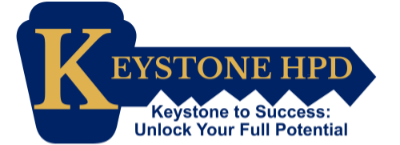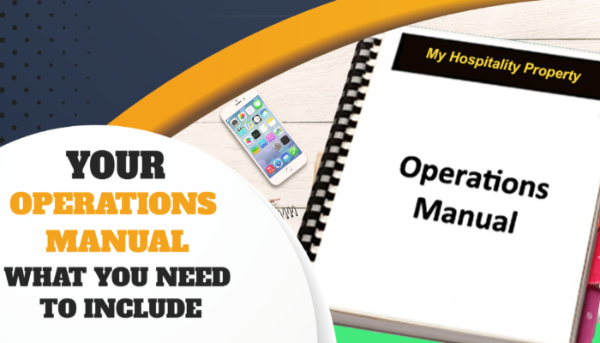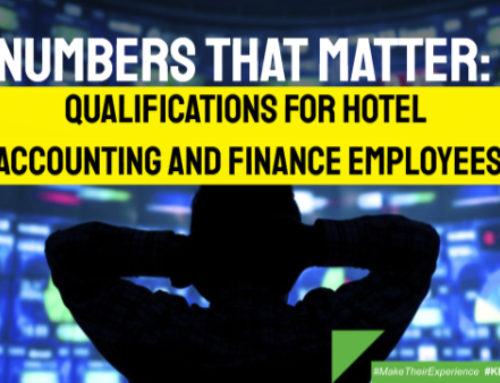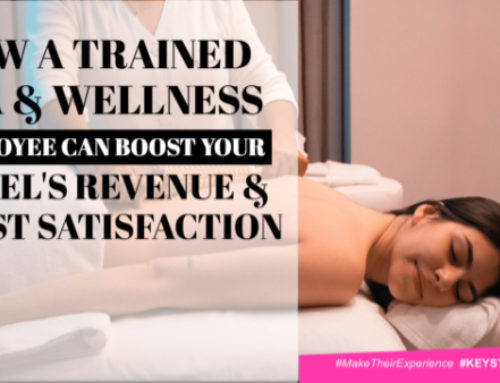.
.
Do you have a photographic memory? Do your employees? If not, you need an operations manual.
I’m going to tell you what should be in it.
Welcome to another edition of Hospitality Property School.
I am your instructor, Gerry MacPherson.
.
I’m not going to tell you exactly what your operations manual should include because it’s up to you. The material could vary a little bit from property to property but the frame or structure I’m going to share with you is universal.
You don’t have to write all this down because first, it’s a long list and second, you can find it at
KeystoneHospitalityDevelopment.com/KHDC198
.
If you are a member of the Hospitality Property School Group, you can access a link to a pdf with the list in the resource section.
.
I do suggest keeping a pen and paper handy in case you think of information you would like included.
.
Statistically, nine out of every 10 businesses fail within the first five years, this is why you should not look at your hospitality property as an independent business. If you look at McDonald’s, Starbucks, big chain hospitality properties, more of them succeed because they are set up for consistency – they are franchises and 75% or more of franchises succeed.
.
Part of the reason for their success is due to having a standard operations manual in place.
.
If you’re a small property, your chances of success will increase dramatically if you are determined and take the time to develop an operations manual.
.
As I mentioned before in our last episode, your operations manual should be treated as a living, breathing entity and can be amended accordingly as trial and error findings are made.
.
When designing your manual, you must always have in the back your mind,
“Can I open a second location with this operations manual model and not have any problems?”
or
“Can I open 10 locations with this operations manual model and not have any problems?”
or
“Can I open 1000 locations with this operations manual model and not have any problems?”
.
Your goal must be to develop the best working system of the operations manual model and when it’s complete your system must work like clockwork.
.
“What should go in your operations manual model?”
.
As I said before
EVERYTHING!
.
An example I have used in the past is McDonald’s.
.
The next time you walk into one of their locations, take a moment to look at the operation.
- Look at the décor of the restaurant
.
- How you are greeted by the employee
.
- Their uniforms
.
- The distance between the ovens-to the burger slides-to the register
.
- How the fries are cooked on a timer
.
In theory, no matter what location you find yourself in a McDonald’s restaurant all the above will be the same. The reason, they are all working from the same operations manual model.
.
You may or may not enjoy the franchise but there is no way you cannot respect their system.
.
You might be thinking
.
“I’m in the small hospitality property industry, why are you talking about McDonald’s?”
.
That is easy, the theory is the same, it’s an operations manual model that works, there is no reason for you to try and rediscover the wheel, instead, copy a model that works and use it.
.
Your operations manual will contain a large amount of information including, a detailed organizational role responsibility list (who was responsible for what, with a diagram if applicable)
.
What should you include in your operations manual?
.
Okay, here we go
It should include the following:
- Company History, Vision & Organization
.
- Products & Services
.
- Policies
.
- Position Statements
.
- Systems (how it’s done)
.
What else should you include in your operations manual model?
.
- The location of your site
Description:
- The amount of foot traffic you attract
.
- The amount of drive-by traffic you attract
.
- Area and your customers’ demographics (age, sex, lifestyle)
.
- Distance from a population centre
.
- What is your highway access like?
.
- The distance to complementary businesses.
Reason:
Your location will tell you a lot about your business. Is your location easily accessible to your target clientele?
.
.
- Training
It is imperative that you have this aspect of your operations manual model correct. The training must be step-by-step, and easy to understand by even the lowest possible skill level. You should also be specific on how your training will proceed.
.
When the employees are hired or change position?
Not preferable
.
On a regular basis?
Preferable
.
Who is responsible for the training and what are the necessary materials needed?
.
.
- Your Properties Set-up
What equipment, furnishings, and accessories are required? Include prices if possible.
.
.
- Supplies and Inventory
This would include: room supplies, bedding, towels, bathroom accessories, cleaning supplies, vacuum cleaners, marketing materials, if you have a restaurant food inventory etc. You’ll also include the quantity, the supplier or suppliers, the price etc.
.
.
- Your Staff’s Uniforms
You have to decide how you would like to present to you and your staff to your customers. Professionally dressed or casual? Is the dress consistent and does it have your business name and logo?
.
.
- Marketing Efforts
What is the marketing you use? Who is your target customer? What are the platforms and the percentage of your marketing budget allocated each?
.
This making sense so far? Let me know by leaving a comment.
- Personnel
a. Responsibilities
An organization chart of the duties and who is responsible. Including who is responsible at every level is very important in this section. Also, include who is to follow-up.
.
b. Perfect Employee Profiles
What skills are necessary for each role? The type of personality required? Do they have to be team-oriented?
.
c. Job Descriptions
Refer to the organizational chart and be more specific.
.
d. How do you find your potential employees?
Where do you recruit, how do you recruit, would you call for referrals?
.
e. Interviewing and background checks
A prepared list of interview questions for each position. How to do background and referral checks
.
f. Pre-employment testing
The policy and procedure for pre-employment testing.
.
g. New Employee Orientation and Training
A new employee orientation and training process. It is very important that this be thorough and consistent.
.
h. Communicating and Personnel Policies
Having a proper communication system in place is crucial to the success of your operation.
.
i. Paying Your Employees
When and the system to be used, as well as the procedure for bonuses.
.
j. Scheduling for Employees
How are vacations handled, time off requests, and a plan to make sure all is fair and consistent.
.
k. Employee Management Forms
This is for current and new staff to review old and new procedures. Ongoing training.
.
l. Employee Morale / Motivation
Would you like to come to work every day to the same old day and day out routine, nothing ever changes? Neither would your employees. It is important to keep your employees motivated and to have systems in place to accomplish this.
i. Keep track of what factors create good morale
ii. Signs of bad morale
iii. Ways to improve motivation and morale
.
m. Performance Evaluation
.
n. When and what is the standard?
Are they once a year, twice a year or ongoing? What is the system you use? Do you have a motivation component included in your evaluations?
.
o. Employee Discipline
Here it is extremely important to document everything.
.
p. Documentation – witnesses – signatures.
i. Resignation
ii. Termination
iii. Post-separation procedures
iv. final paychecks
v. Explaining termination to other employees
vi. Giving references
vii. Good Employee Management Practices
viii. What practices and gratitude policy do you have in place for employees and management?
.
.
In conclusion
The now after seeing all of this, some of you might be thinking
.
“Wow, Gerry you’re killing me, I only have a small operation.”
.
A functioning and up-to-date operations manual will be the backbone of your hospitality property.
The let me remind you of the statistics I shared earlier.
.
“9 out of 10 business fail within the first five years. 75% per cent of businesses using an operations manual model succeed.”
.
If you are a member of the Hospitality Property School, I have included an entire list of Daily Operating Procedures, plus real-world examples of how your operations manual can work with a list for housekeeping and taking a reservation plus as an additional bonus, a list of business contacts you need to include.
.
What else would you include in your operations manual? Let me know in the comments.
.
Now that you have created an operations manual, how will you know it will work? I’ll tell you how in the next episode.
.
If you haven’t yet, check out the new “INNsider Tips” series released every Thursday? They are short weekly videos that are designed to help you, hospitality property owners and managers grow your property. Make sure to check the out at KeystoneHospitalityDevelopment.com or on YouTube by searching INNsider Tips.
.
.
⇒ TO READ OR LISTEN TO THIS EPISODE ON KEYSTONE HOSPITALITY PROPERTY CONSULTING:
https://keystonehpd.com/KHDC198
.
.
Join one of our private groups
https://keystonehpd.com/private-groups
.
.
Say hi on social:
Facebook: https://www.facebook.com/KeystoneHDC
.
Twitter: https://twitter.com/KeystoneHDC
.
Linkedin: https://www.linkedin.com/company/keystone-hospitality-development
.
.
Listen to The Hospitality Property School PODCAST here:
https://keystonehpd.com/itunes-podcast
.
https://www.spreaker.com/keystonehdc
.
.
YouTube
.
.
A Division of Keystone Hospitality Development Consulting
.






